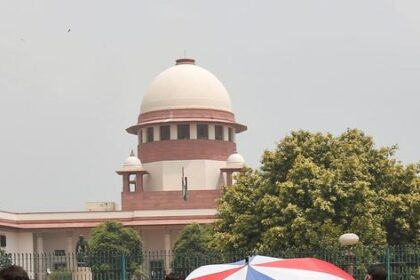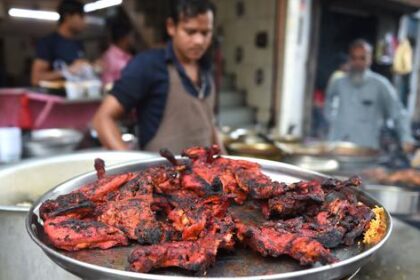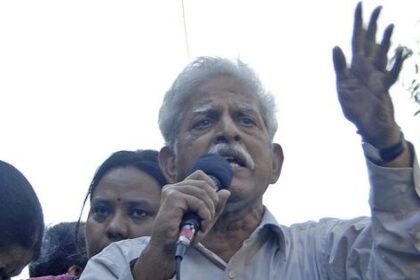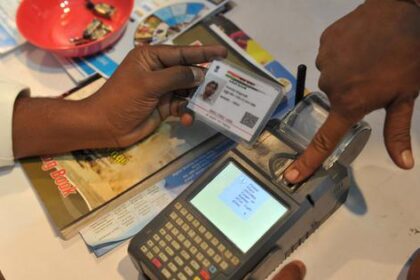Pandals in Kolkata highlight cultural history and respond to contemporary issues surrounding Bengali identity and belonging.
As the Durga Puja festival commences, Kolkata’s Chaltabagan Sarbojanin Durga Puja pandal stands as a testament to Bengali identity with its theme “Ami Banglai Bolchi,” which translates to “I am speaking in Bengali.” This pandal features a prominent installation of a tree representing the linguistic roots and historical evolution of the Bengali language. Artist Pradipta Karmakar emphasizes that the display advocates for the respect of all mother tongues, not limited to Bengali alone.
Behind the entrance, actors perform a play inspired by Satyajit Ray’s film Hirak Rajar Deshe, which highlights the significance of the Bengali language through dialogues between a king and a jester. This approach aligns with the longstanding tradition of Durga Puja pandals addressing contemporary political and social issues through their thematic representations.
In recent months, the targeting and forced expulsion of Bengali-speaking Muslim migrant workers into Bangladesh has brought the discourse surrounding Bengali identity and citizenship to the forefront. West Bengal Chief Minister Mamata Banerjee has publicly criticized a letter from the Delhi Police referring to Bengali as a “Bangladeshi language.” Moreover, during a special state assembly session, she accused the Bharatiya Janata Party of being “anti-Bengali,” highlighting the current tensions regarding identity in the region.
The BJP has frequently targeted the rituals of the Durga Puja festival, claiming that Bengali practices deviate from traditional Hindu customs. This ongoing controversy has influenced this year’s festivities, with numerous pandals showcasing themes centered on Bengali identity, migration, and cultural history. For example, the Aswininagar Bandhumahal pandal in North Kolkata features a display that traces the migration of Bengalis through intricate lattice work, themed “Bangla O Bangali’r Samriddhir Adyopanto,” which translates to “the beginning to end of Bengali and Bengal’s prosperity.”
Another notable exhibit is at the State Bank Club in Thakurpukur, which draws inspiration from the ancient Buddhist monastery discovered at Moghalmari in West Medinipur. The theme “Protno Kotha,” meaning old tales, serves to remind Bengalis of their rich historical heritage. Professor Debalina Seth, a committee member, notes that the display seeks to counter the misconception that Bengal lacks history and aims to bring attention to the significance of the Moghalmari excavations.
The evolution of Durga Puja pandals has transformed significantly since the 1990s. Initially focused on historical depictions, they have since embraced broader themes, advocating for social and environmental justice while highlighting authentic narratives relevant to contemporary society. Durga Puja, the most significant festival for Bengali Hindus, is celebrated widely across West Bengal, Tripura, Assam, and Bangladesh. It transitioned from a private affair in the courtyards of affluent families to a vibrant community celebration, known as “sarbojanin,” by the mid-20th century.
This year, the neighborhood settings of the pandals also play a critical role in the narratives they present. Many areas are home to families with roots in the 1947 Partition. For instance, Kolkata’s Garia neighborhood houses many residents with ancestral ties to East Bengal, now Bangladesh. Their experiences inform the themes of pandals, such as the one at the Ramgarh Raipur Club, which focuses on the lives of migrant workers who cannot return home for the festival.
Another pandal in Behala Adarsha Pally addresses the themes of division and trauma through a visual representation of a world map cut by scissors, reflecting on how historical conflicts create ongoing divisions and refugee crises. This tribute to filmmaker Ritwik Ghatak coincides with the centenary of his birth, honoring his portrayal of Bengali displacement in films like Meghe Dhaka Tara.








